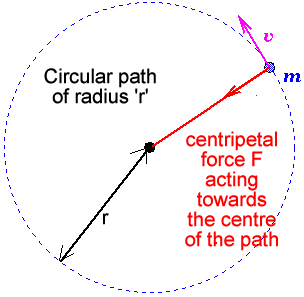The quantity of motion of a moving body, measured as a product of its mass and velocity.
It is calculated by the equation: P = m x v
- P = the momentum in kilograms metres per second ( kgm/s)
- m = the mass in kilograms (kg)
- v = the velocity in metres per second (m/s)
The principle of conservation of momentum states that for a system of interacting objects, the total momentum remains constant, provided no external resultant force acts on the system.
If a rail wagon moving constantly along a track collides with a stationary rail wagon and then separates, the result of this collision will mean the momentum of each rail wagon changes. They exert equal and opposite forces when they are in contact.This means the change of momentum of one rail wagon is equal and opposite to the change of momentum of the other rail wagon. In other word, if one object gains momentum, the other object loses an equal amount of momentum. so the total amount of momentum is unchanged ( momentum is conserved).


